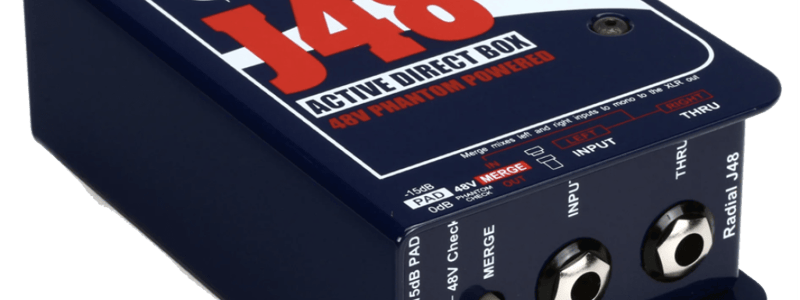Podcast
Questions and Answers
What is the purpose of using DI (Direct Injection) boxes in a recording studio?
What is the purpose of using DI (Direct Injection) boxes in a recording studio?
- Enhance microphone placement techniques
- Increase bass response in recordings
- Convert high-impedance instrument signals to low-impedance signals (correct)
- Introduce noise interference in recordings
How does proximity effect play a role when miking amps for recording?
How does proximity effect play a role when miking amps for recording?
- Reduces microphone sensitivity
- Enhances treble tones
- Changes signal phase
- Affects bass response (correct)
Which term refers to the electrical orientation of the audio signal?
Which term refers to the electrical orientation of the audio signal?
- Texture
- Impedance
- Polarity (correct)
- Phase
What does phase refer to in the context of microphones and DIs?
What does phase refer to in the context of microphones and DIs?
When miking an guitar/bass speaker cabinet, in addition to microphones, what is an advantage of using DI box in a recording studio?
When miking an guitar/bass speaker cabinet, in addition to microphones, what is an advantage of using DI box in a recording studio?
How can experimentation with microphone distance and angles impact the sound when miking amps?
How can experimentation with microphone distance and angles impact the sound when miking amps?
While recording, phase coherence (signals in-phase) can be controlled by adjusting _______.
While recording, phase coherence (signals in-phase) can be controlled by adjusting _______.
What is the purpose of the 3:1 rule in audio engineering?
What is the purpose of the 3:1 rule in audio engineering?
How does microphone distance impact recording electric guitars?
How does microphone distance impact recording electric guitars?
What issue can arise when two audio signals are combined with a delay between them?
What issue can arise when two audio signals are combined with a delay between them?
How does adhering to the 3:1 rule contribute to audio recordings?
How does adhering to the 3:1 rule contribute to audio recordings?
What can cancelations and constructive interference lead to in audio recordings?
What can cancelations and constructive interference lead to in audio recordings?
Why is determining the right distance between a microphone and the sound source important?
Why is determining the right distance between a microphone and the sound source important?
What is the purpose of maintaining proper phase alignment between microphones to avoid comb filtering?
What is the purpose of maintaining proper phase alignment between microphones to avoid comb filtering?
How can the 3 to 1 rule be applied to minimize phase issues in multimicrophone configurations?
How can the 3 to 1 rule be applied to minimize phase issues in multimicrophone configurations?
Which microphone polar pattern is most suitable for capturing sound mainly from the front and rejecting sound from the rear and sides to help avoid phase issues?
Which microphone polar pattern is most suitable for capturing sound mainly from the front and rejecting sound from the rear and sides to help avoid phase issues?
How can equalization and compression tools assist in correcting phase discrepancies in a recording setup?
How can equalization and compression tools assist in correcting phase discrepancies in a recording setup?
In a multimicrophone setup, what could happen if there is poor phase relationship between two microphones placed too closely together?
In a multimicrophone setup, what could happen if there is poor phase relationship between two microphones placed too closely together?




